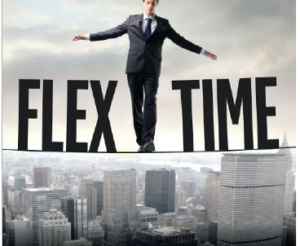
According to a survey by the career website Flexjobs, 95 percent of people say having a more flexible job would make them happier. Why? From giving them more time, to take care of themselves, to decreasing their overall stress levels, to enabling them to be a better spouse or parent, to having more work/life balance, flexibility takes the edge off as it gives people options.
Our new world of remote work has not only proven beneficial for employees, but employers as well. Research shows that people who work from home are happier and more productive than those who work in an office. And a Stanford University study shows a 13 percent improvement in performance from people working at home, plus a 50 percent reduction in resignations.
In addition, Millennials and Gen Zs – who now make up 50% of the workforce – say they value flexibility over stability in the workplace. They want unlimited time off and the freedom to work from anywhere vs. being chained to a desk like many of their predecessors. Maybe this is actually going to be one of the few benefits of COVID.
WHAT CAN I DO, JILL? There are many types of flexible work arrangements, which makes it easier for you to choose the one that works best for your employees and customers. Here are seven options to consider as you embrace building a culture that breeds happy, engaged workers. And, don’t forget to conduct an employee survey to ask them what they think before you implement new arrangements. Just one more way to show people that you care.


Leave A Comment
You must be logged in to post a comment.